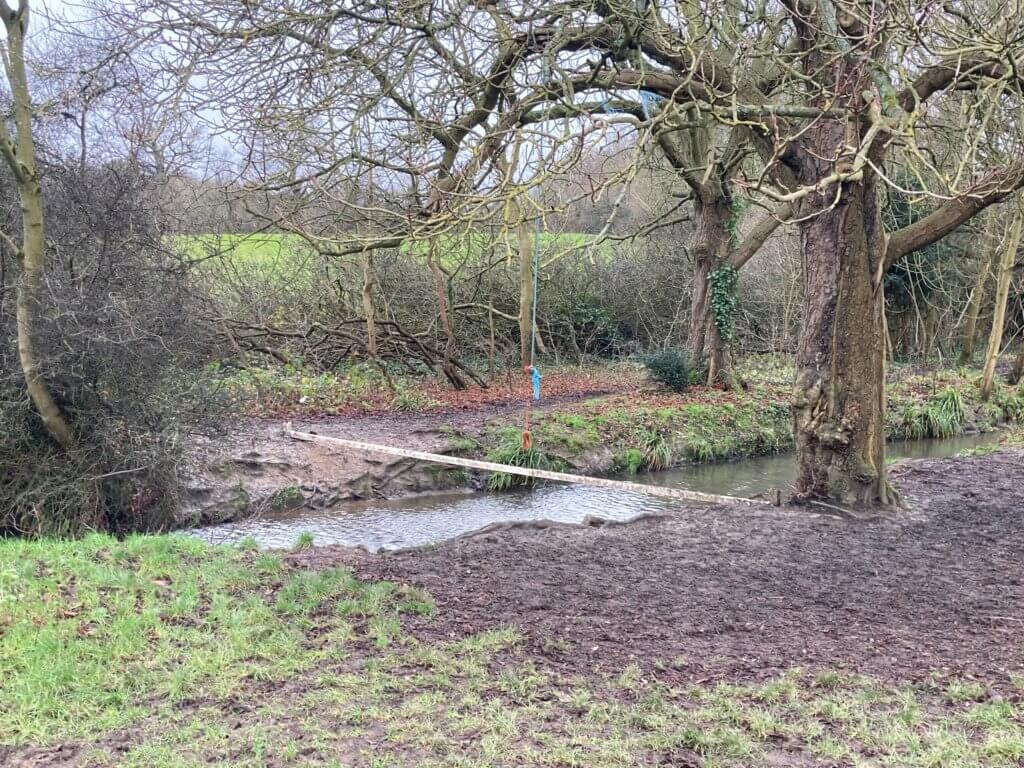By Sonia Livingstone
To ask afresh why children’s play matters, and to figure out how to design a better digital world, we have already taken three crucial steps:
- We reviewed the research on play, publishing “A Panorama of Play” by Dr Kate Cowan in November. This proposes 8 qualities of free play which, taken together, explains why play matters and sets out the challenge for what we should expect of play in a digital world;
- We interviewed the experts – a diverse mix of playworkers, game designers, psychologists, educationalists, child rights advocates and others – on the philosophy and practice of free play. From this we discovered the range of opinion, and gained insight and inspiration for the task ahead;
- We launched a public consultation on play in a digital world, to invite children and young people, parents and caregivers, and professionals who work with children to contribute experiences, concerns and expectations – please respond to our call for participation!
Some snippets of what we’ve learned so far at #DigitalFutures include . . .
Why play matters
“Play can happen anywhere. It’s non-compulsory, driven by intrinsic motivation not external goals. It’s characterised by fun, uncertainty, challenge, flexibility, non-productivity.” @gerisonlansdown
“There is evidence to show how play arouses the happiness of being involved in doing things & having agency, and how such involvement promotes serendipitous learning.” @KriKumpulainen
“Children like loose parts, stuff that they can move around and manipulate. Play happens anywhere and everywhere.” @wkrussell
“Play is often rule-based, but children can change the rules, that’s a difference between play and sport … There is value in space where adults are not present.” @timrgill
Children versus adults?
“Children’s right to play has been considered a ‘forgotten right’, constrained by factors such as negative adult attitudes to play, lack of play spaces and limited time for play.” @katecowan
“Adults see play as relentlessly pro-social and developmental; by contrast there are forms of play that make adults uncomfortable, involving fantasy violence or adult aspirations.” @andrewburn1
“Children are forever stopped from doing things… Play allows them to break through constraints in imagination. It allows them to practise being in control.” Professor Ann Phoenix
Transcending the binary
“I see a continuum of play, from the unbounded, chaotic children’s play, where everything is up for grabs, to directed play experiences.” @SpiralChris
“If you measure playfulness in interactions between parents and children, they’re associated with positive outcomes for children.” @paulramchandani
“I don’t feel there is anything wrong with children also interacting with adults and adults organising play activities. We should let different ways of being and playing together flourish.” @KriKumpulainen
Understanding ‘transgressive’ play
“If children are ‘transgressive,’ it’s because they are trying to make sense of something that exists in their lives.” @BoStjerne
“Children’s play disrupts adult control of time and space, except for when adults say this is when you can play. The rest of the time, it’s seen as misbehaviour.” @wkrussell
“Risk aversion can limit children’s opportunities to learn and grow through exploring, experimenting and making mistakes.” @Livingstone_S
“Children make games out of crumbs from the adult’s table… In spite of the technical constraints… they can turn the play into a transgressive, disruptive event.” @andrewburn1
“When you are at play, you are pushing against the rules. That’s what makes it fun.” @katieatplay
“[We need] an acceptance that some risk is good, that a zero-risk playground is a practical, if not logical, impossibility.” @timrgill
The challenge of designing for play in a digital world
With digital, it’s helpful to not think of good and bad, but of the range of activities… [to] ensure that children have access to a range of play opportunities.” @paulramchandani
“There’s a role for the state in creating environments that allow opportunity for play. Children don’t have a right to joy, they have a right to activities which enable the possibility for joy.” @gerisonlansdown
“There is a mindset when one is at play. How do you design permission slips for people to enter that space?” @katieatplay
“I don’t think it’s problematic to use digital play as one tool among many. But I would hate to see human experience narrowed.” @SpiralChris
COVID-19 adds a note of urgency
“Lockdown has been infinitely different for children with different amounts of resources. The differences have been stark.” Professor Ann Phoenix
“COVID has benefited some children and not others. A revolution could be in more blended forms of learning as a natural extension of how children play.” @BoStjerne

Next steps
Our next steps include commissioning a literature review specifically focused on digital play, to encompass the many controversies and shed light on where children’s best interests lie. We’ll also ramp up our online consultations in the coming months, building on our review of children’s voices in prior consultations. If you’re able to host a discussion with us, please get in touch.
Then, guided by our Commissioners, we’ll take forward our research agenda by proposing a vision of free play in a digital world, and a set of practical tools, to inspire families and professionals who work with children or create digital play opportunities for them. Suggestions and support are most welcome!
This blog is part of the play interview series. You can view the rest of the blog series here.
Professor Sonia Livingstone OBE is a member of the UNCRC General Comment’s Steering Group, and leads the Digital Futures Commission. Sonia is Professor of Social Psychology in the Department of Media and Communications at the London School of Economics and Political Science. She has published twenty books on media audiences, media literacy, and media regulation, with a particular focus on the opportunities and risks of digital media for children and young people.
